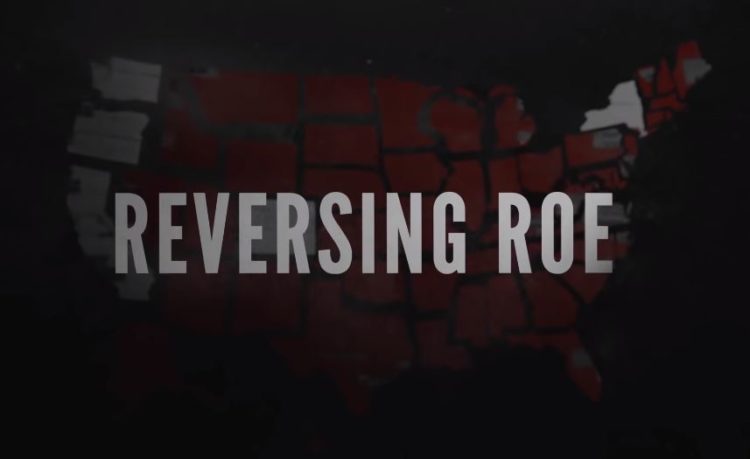
‘Reversing Roe’ and the Importance of Telling Complete Stories
October 11, 2018Recently while on a flight to Austin, I watched the Netflix documentary Reversing Roe, released September 13. The film looks at how Supreme Court cases have been used to gut the Roe v. Wade decision over the past 40 years, severely restricting abortion access in the United States.
A number of recent documentaries have explored the dismantling of abortion access in the United States, including Trapped and HBO’s Abortion: Stories Women Tell. Unlike those films, Reversing Roe looks exclusively at the Roe v. Wade case and the methods deployed to chip away at the landmark decision, politically, culturally, violently, and legislatively. It’s timely given the confirmation of Justice Brett Kavanaugh, who is expected to give conservatives on the Court the final vote they need to overturn the decision legalizing abortion in the United States.
The filmmakers follow Dr. Colleen McNicholas, a St. Louis-based abortion provider, as she travels by plane and car to provide care in four cities. “To me, abortion is just basic health care,” says McNicholas, “When I think about how politicized this has become, I wonder, how did this happen?”
The film addresses this head-on from the beginning with footage from the Texas House of Representatives May 2017 debate on an amendment to SB 8 which would “prohibit a person from intentionally performing a ‘dismemberment abortion’ unless the ‘dismemberment abortion’ is necessary in a medical emergency.” The use of “dismemberment abortion” is intentional by anti-choice legislators to stigmatize abortion using nonmedical terminology and rile up their bases. Viewers are then treated to a history lesson of how Roe came to be and how laws like SB 8 have attempted to erode the ruling.